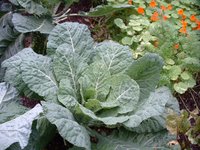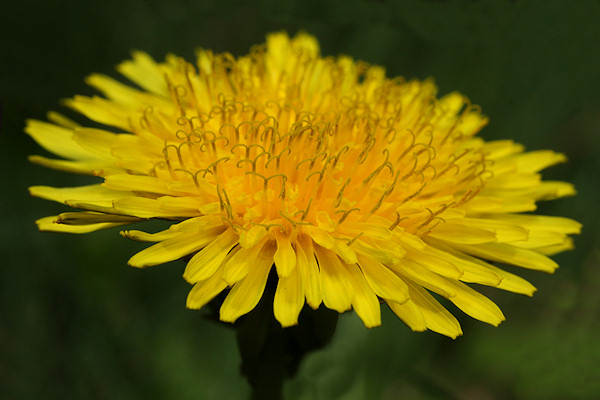

Here it is December in Montana, 20 below and all that. Not today, however, in the banana belt. In previous posts I confessed to my passion for prowling humble back alleys of town for the wild edibles that might lurk there.
Yes, I was out today with a fair snow cover of about four to six inches. Would you believe that on this very Sunday, attempting to take the edge off a caffeine buzz, I wandered back to my erstwhile garden. Yes, the very same collard patch about which I previously rhapsodized in the Sectet Life of Collards (below). Would you believe I reached under the snow and pried up several frozen, green leaf stalks. I am going to cook them up for lunch and report back.
If, by now, you wonder about the mental stability of someone who openly admits to being a collard fiend, I can't blame you. Until a few years ago, I would have agreed, as I am a recent convert.
I marvel at the pure good fortune of finding three of my favorite foods within arms reach of my home in town! Exactly a month ago, after two snows and several freezing nights, I picked a couple bushels of plums just a stones throw from my back door, off the ground. Several cooperative plum trees had dumped their bounty. The ones that passed the touch test became freezer plums and plum-apple sauce. Yum!
My dog Sam (see photo) fully appreciated the outing today. On the nine block journey up the hill, I saw four ravens harassing a seagull over the pines, deer tracks down a major thoroughfare, and the snow covered rubble of a burnt down apartment building that once housed neighbors. There is much to see on foot on a quiet Sunday morning, not to mention a wealth of unexpected nutrition.
By the way, I am munching on those long-in-the-tooth collard greens I just picked and they taste delicious. I confess, they needed to cook for at least seven minutes, not the usual three. Even the stalks are good.



 My very first experience with plant weirdness occurred when I was 7 1/2 years old. I was with my Mom in the backyard. She was working the flower bed. I noticed a dandelion, really noticed it or did it notice me? The yellow flower was SO YELLOW. The more I looked the bigger and yellower it got. Seemed like we were almost talking. Wow.
My very first experience with plant weirdness occurred when I was 7 1/2 years old. I was with my Mom in the backyard. She was working the flower bed. I noticed a dandelion, really noticed it or did it notice me? The yellow flower was SO YELLOW. The more I looked the bigger and yellower it got. Seemed like we were almost talking. Wow.


